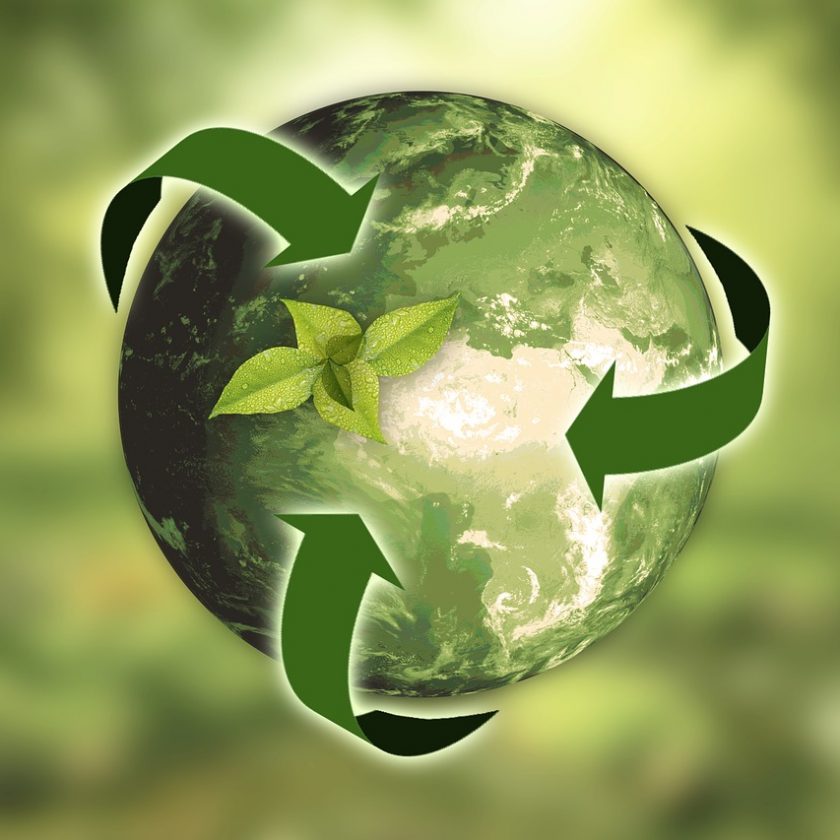While recycling aluminum greatly enhances the sustainability of products in aerospace, automotive, beverage can, and other markets, black dross and salt cake waste byproducts of the recycling process cause an environmental challenge especially when stored in landfills, according to a report from the Environmental Protection Agency (EPA).
As the domestic aluminum recycling industry grows at a rapid pace due to the demand for sustainably produced aluminum products, the challenges of managing black dross and salt cake will grow as well. Due to both increasing waste disposal costs and raw material costs, aluminum recyclers are seeking out better solutions to help them improve their cost efficiency and sustainability.
Zero-waste dross recycling coupled with hydrogen generation provides a path to diverting this waste from landfills, reducing carbon emissions and avoiding mining of new raw materials.
Through a novel recovery process using proprietary hydrogen generation methods, high value products such as aluminum alloys, salt flux, low-carbon cement, and green hydrogen can be produced using aluminum dross, leaving nothing behind for landfill.
During Phase I, effective separations of these valuable products and hydrogen generation was demonstrated with third-party verification of quality. The effective separation of salt from non-metallic products enabled production of low-carbon cement using dross in collaboration with CTS Cement.
Hydrogen generation was shown to produce 99.9% pure hydrogen. Reuse of aluminum dross as a raw ingredient for aluminum and cement production along with hydrogen generation helps achieve the EPA National Recycling Strategy objectives aimed at improving the U.S. recycling system and reducing carbon emissions.
There is a sizable and ever-growing market for aluminum dross solutions as the recycling industry in the United States expands at a rapid pace. One of the largest U.S. and global aluminum recyclers has committed to being the commercial partner for this project, as shown in the letter of intent.
Based on successful trials performed during the Phase I project, this technology will enable them to completely repurpose the black dross waste stream from their aluminum recycling facilities into valuable products, helping achieve waste reduction and carbon reduction targets. When scaled nationally, zero waste dross recycling coupled with hydrogen production can divert over 1 million tons of waste into aluminum alloys, salt, and low-carbon cement while creating 1 million tons of CO2 emissions reductions per year.

